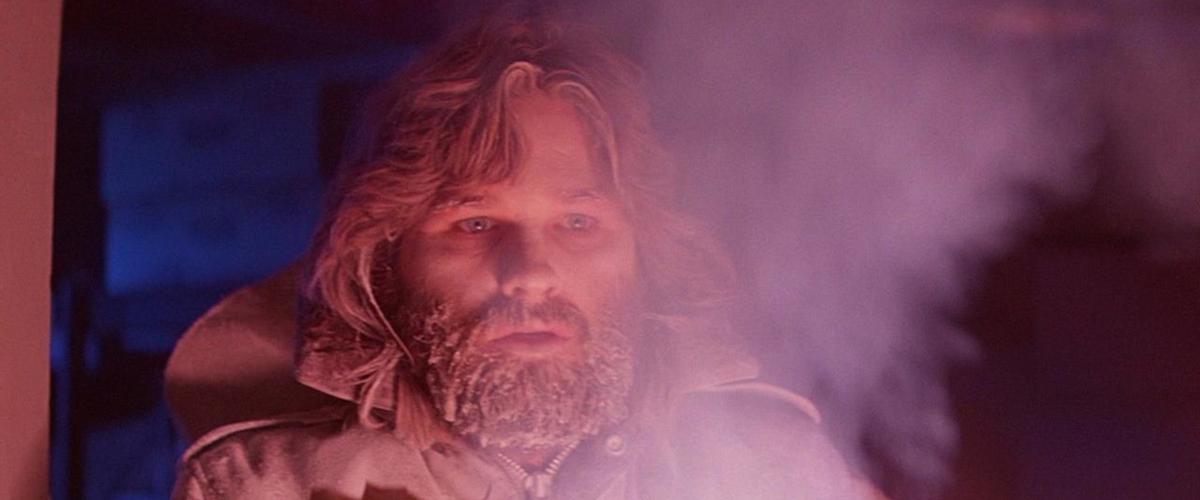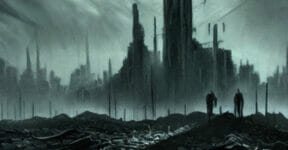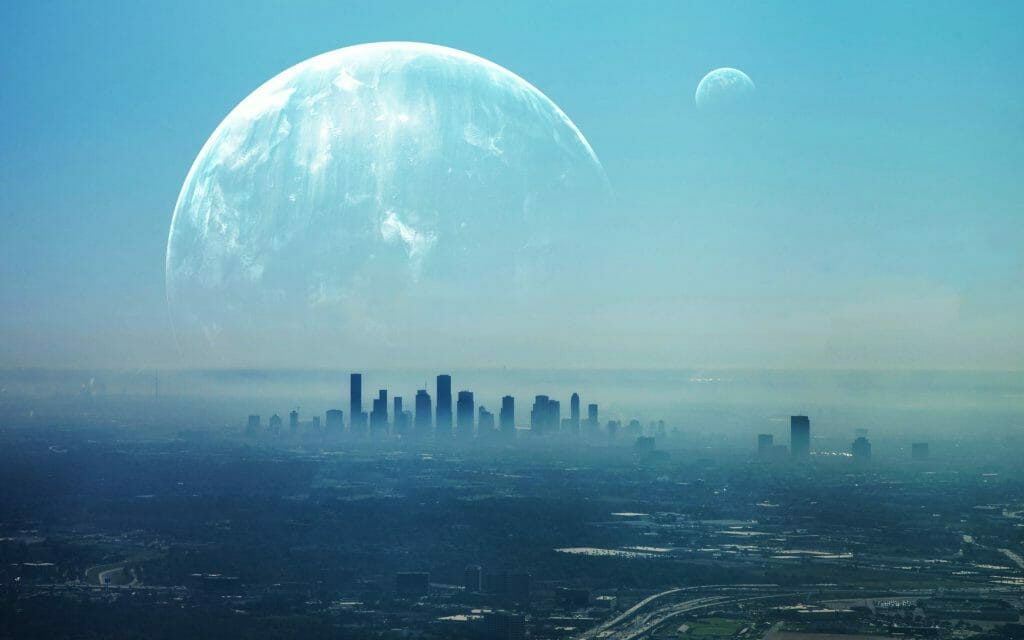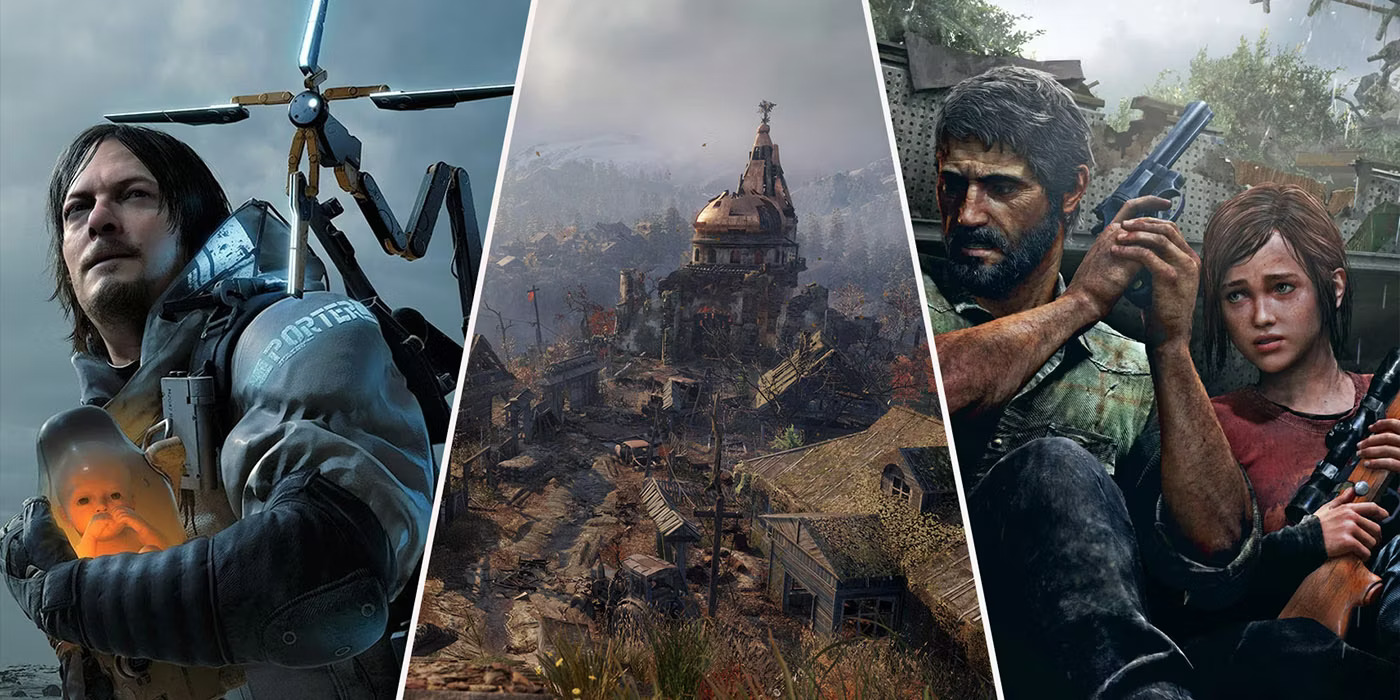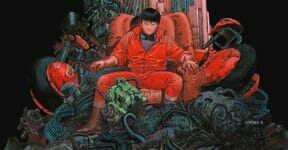A lot of movies from the 1980s, especially if you watch them now, naturally look outdated compared to their more modern counterparts. But some of them still carry the old-school charm that sets them apart from the rest of the mediocre ones. For instance, you’d immediately see the differences in production value and storytelling quality between Parasite (not to be confused with the 2019 film by Bong Joon-ho) and The Thing – both are 80s sci-fi horror films about, well, parasites. They’re as different as night and day, from the dialogue and plot to acting and cinematography. And another big thing that separates the good from the bad is the score. Because sometimes, you can forgive the predictable storyline and unappealing jump scares if the synths and screams are good enough. In this article, we will look at the role of music in 80s sci-fi horror, from synths to screams.
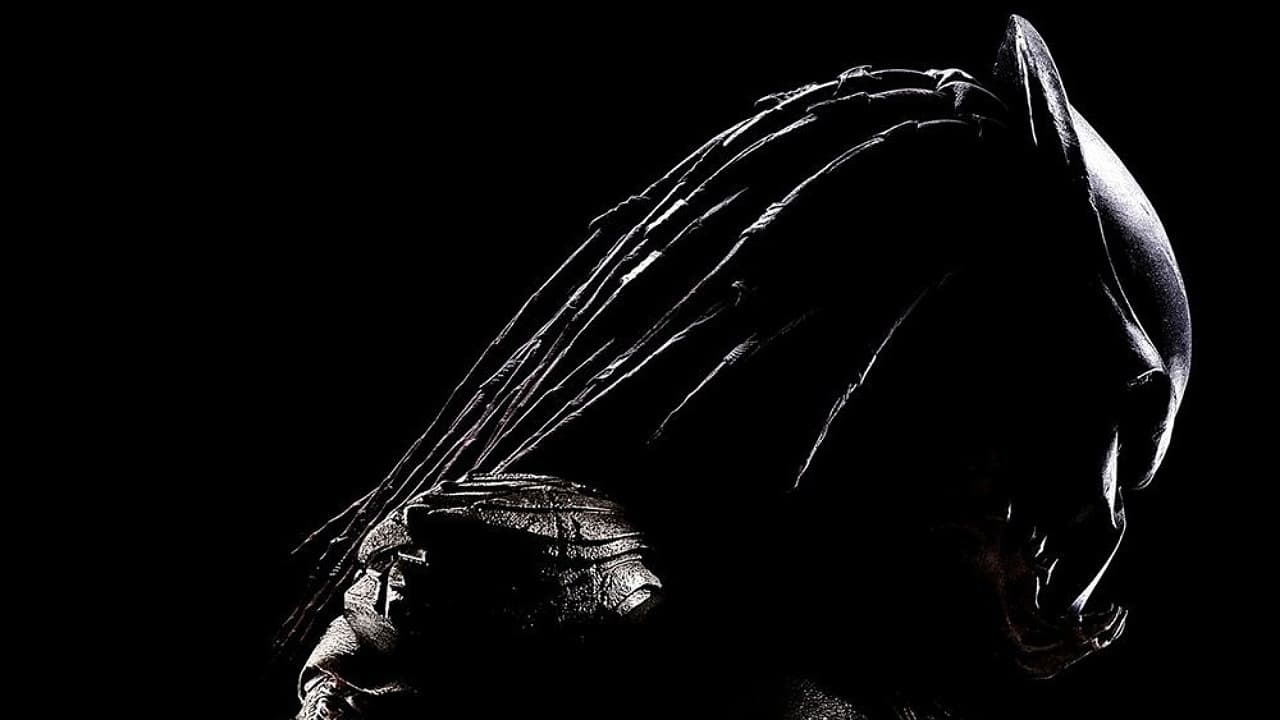
Picture the following scene: an unknown character is seen walking alone in the dark, and the only sound you hear from the screen is the footsteps. There’s no music, no other characters having inaudible conversations – not even humming insects in the background. It was near complete silence for a few minutes, except for those eerily loud noises of the bottom of the shoes touching the dirt on the ground. And then suddenly, a twisted version of Law & Order’s “dum dum” plays out, along with a quick close-up shot of a “Licker” from Resident Evil. Such a scene might be an outright cheap jump scare, but it works and potentially becomes a memorable one thanks solely to the sound effects.
In a lot of modern movies with horror elements, filmmakers often use familiar sounds but play them in unusual ways to create tension and make the audience feel uncomfortable. Sometimes, composers intentionally bury the sound effects to the point of making them inaudible; this probably seems like a far-fetched idea, but the use of infrasound is nothing new in the film industry. Infrasound produces low-frequency noises inaudible to human ears. That being said, the sound waves alone are enough to trigger fear and unsettling sensation to help intensify the horror experience. FYI, human ears detect sounds in a frequency range from around 20 Hz to 20 kHz, whereas infrasound starts at just below 20 Hz. We can’t hear it, but the frequency is not so low that we can’t feel it either.
When you’re talking about 80s sci-fi horror, however, nearly every single sound effect you hear wasn’t coming from an orchestral band in a state-of-the-art studio setup. Many of them were not even popular music or songs repurposed for film production, but something created with only a keyboard and a synth pad. The resulting sounds – or the genre if you like – are comfortably positioned in a unique zone between movie sound tracking and ambient music.
Let us now take four popular 80s sci-fi horror films and discuss briefly about how their audio effects played to the benefits of the visual aspects and overall narrative.
The Thing (1982)
Ennio Morricone composed nearly every score for The Thing, but probably the one you remember the most is “Antarctica, Winter” with its unforgettable thump-thump-thump-thump pounding through the screen invoking faster heartbeat. The music works really well for the film, as it plays an important role in creating that atmosphere of impending doom and encapsulating the simultaneous rush to end the terror. From musical perspective, John Carpenter’s The Thing still exerts a powerful influence on today’s Hollywood thanks to the comeback of heavy-use of synthesizers to create the classic 80s feel in modern films.
The Terminator (1984)
For more than a decade since 1973, Yul Brynner’s The Gunslinger from Westworld was the scariest cyborg in the entire history of the film industry – until The Terminator, portrayed by Arnold Schwarzenegger, invaded the theaters. His towering figure and pretty emotionless depiction of T-800 earned him a place as an action movie royalty. As for the music, Brad Fiedel worked his magic for The Terminator, creating score after score to deliver a futuristic, ominous atmosphere as if the machines are marching to a war against humanity.
Predator (1987)
No discussion of 80s sci-fi horror films without mentioning a true gem of the genre: Predator. And guess what? Arnie was here too, but instead of playing the monstrous villain from space, he took the role as the protagonist here and brought us some of the most memorable man vs. alien action sequences ever. Again, the hectic score composed by Alan Silvestri became the perfect companion throughout the entire showdown.
Ghostbusters (1984)
The original theme song for Ghostbusters (simply titled “Ghostbuster”) by Ray Parker Jr. earned the nomination for an Academy Award in 1985, losing only to “I Just Called to Say I Love You” by Stevie Wonder for The Woman in Red. Well, the score didn’t win alright, but it doesn’t mean it’s nothing good. With its easily remembered lyrics, upbeat tempo, and plot specific tunes, the song pulled more viewers to the theater and make its way to the U.S. Billboard Hot 100, where it spent three weeks at the top.
We think a brilliant score is one that encapsulates the aesthetic of the movie and creates the right atmosphere to enhance the narrative. An appropriate score never has to be a conventional song with lyrics, chorus, instrumental solo, and all that; some scores are pretty conventional indeed, but it’s never a requirement at all. For example, you can’t probably enjoy listening to a complete album of Predator’s original scores; however, you can definitely appreciate the importance of the music while watching the film. A good score in sci-fi horror is more than just a tool to generate cheap jump scares now and then; instead, it must be an integral part of the film’s narrative itself to help build fear and intensify suspense via auditory stimulation.
With the exceptions of silent films, can you name a few movies without soundtracks at all? Have you ever watched two different movies that use the same score? We’d love to hear from you.
Other Things You Might Want to Know
Is The Terminator sci-fi horror or sci-fi action?
Arguments can be made for both sides. It’s definitely sci-fi with Skynet, humanoid AI, and time travel subjects. There are a bunch of action sequences as well, involving the main characters and the robot from the future. In between those two, however, the film also talks a lot about an inevitable horror of nuclear apocalypse and the potential end for humanity at large.
John Carpenter’s filmography, as director:
| Title | Year | Notes |
| Captain Voyeur | 1969 | Short film |
| Dark Star | 1974 | |
| Assault on Precinct 13 | 1976 | |
| Halloween | 1978 | |
| Someone’s Watching Me! | 1978 | TV movie |
| Elvis | 1979 | TV movie |
| The Fog | 1980 | |
| Escape from New York | 1981 | |
| The Thing | 1982 | |
| Christine | 1983 | |
| Starman | 1984 | |
| Big Trouble in Little China | 1986 | |
| Prince of Darkness | 1987 | |
| They Live | 1988 | |
| Memoirs of an Invisible Man | 1992 | |
| Body Bags | 1993 | TV movie |
| In the Mouth of Madness | 1994 | |
| Village of the Damned | 1995 | |
| Escape from L.A. | 1996 | |
| Vampires | 1998 | |
| Ghosts of Mars | 2001 | |
| The Ward | 2010 |
Films in The Terminator franchise:
| Film | Year |
| The Terminator | 1984 |
| Terminator 2: Judgment Day | 1991 |
| Terminator 3: Rise of the Machines | 2003 |
| Terminator Salvation | 2009 |
| Terminator Genisys | 2015 |
| Terminator: Dark Fate | 2019 |
Check out other articles by month:

